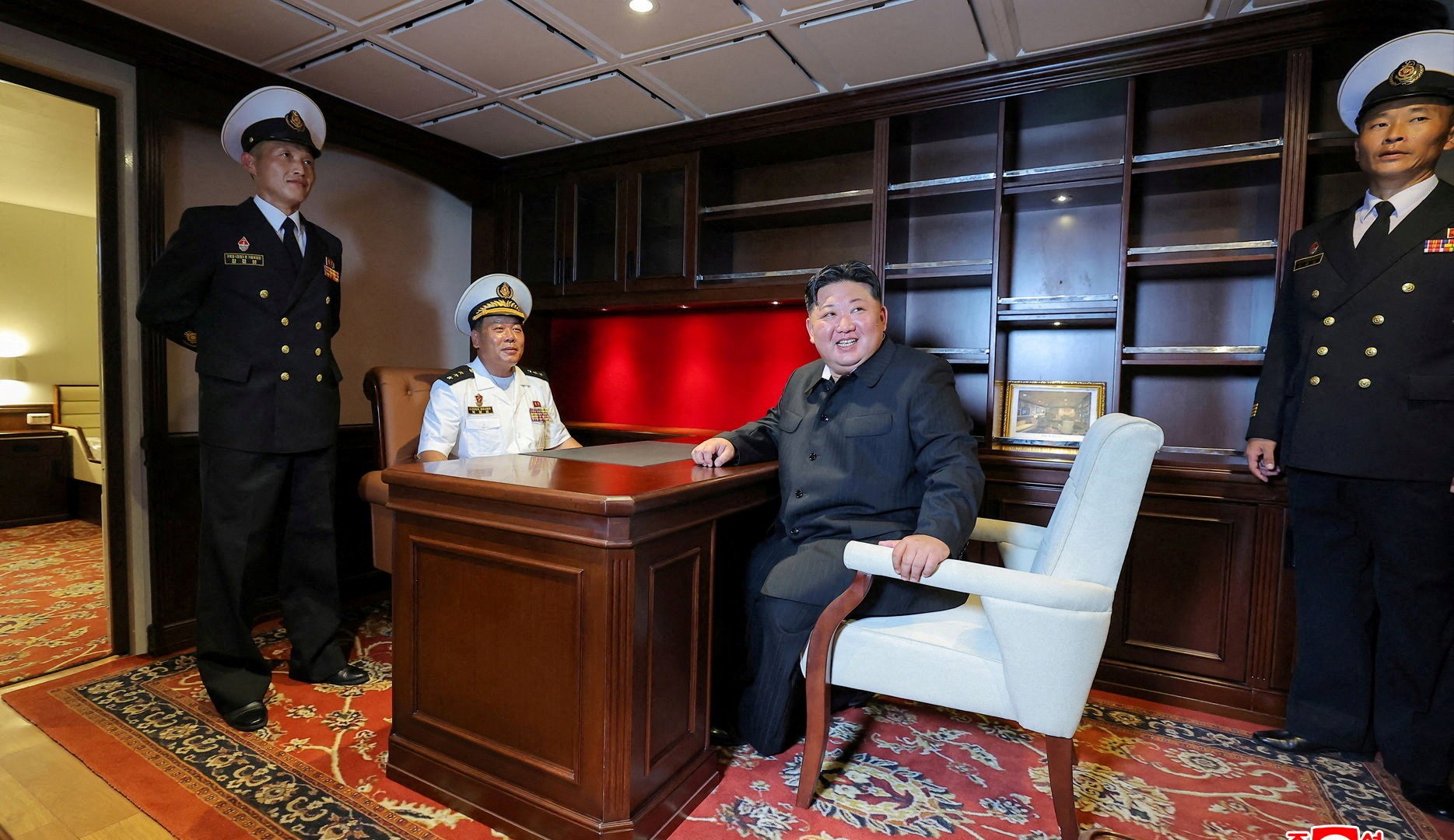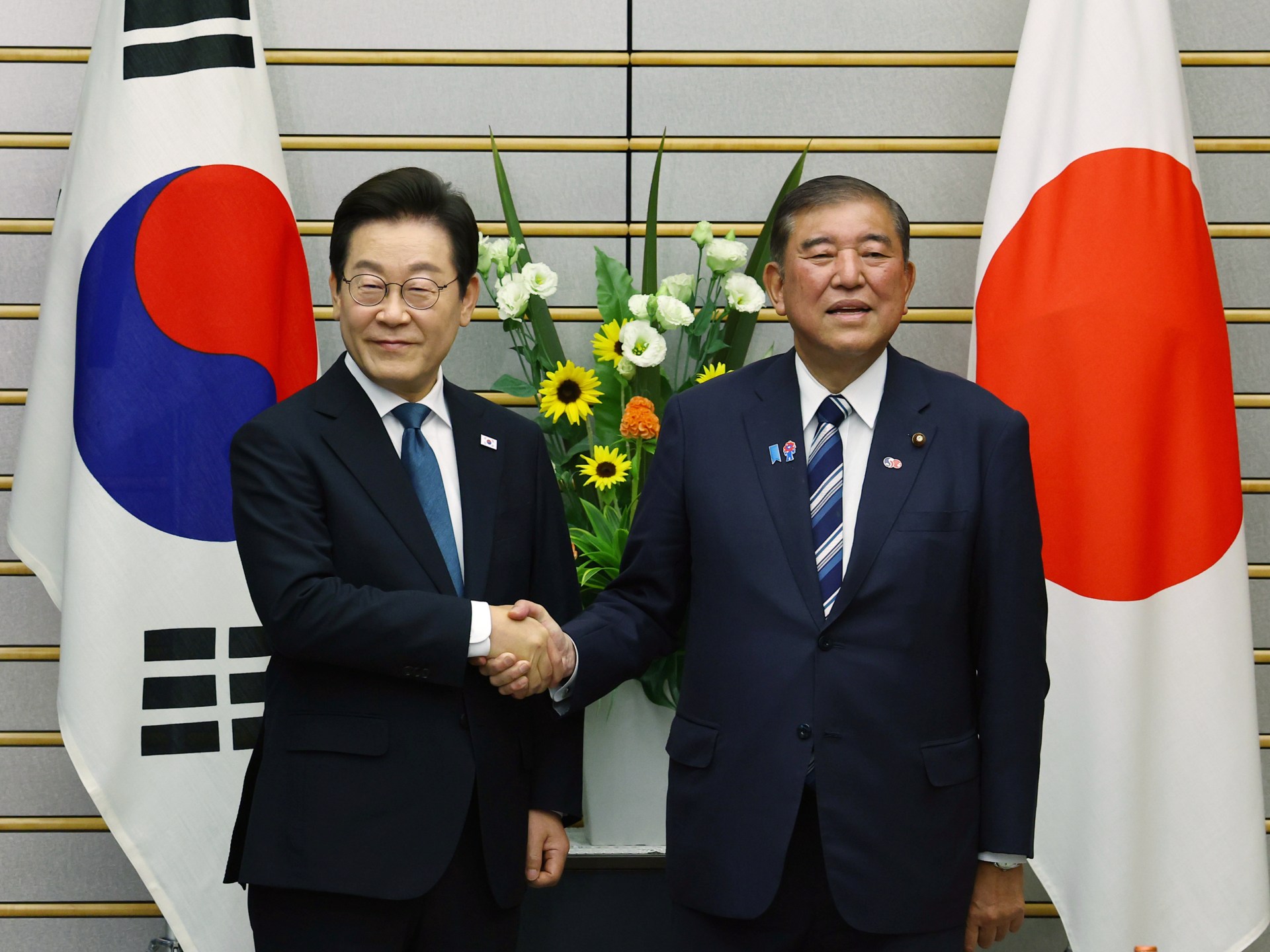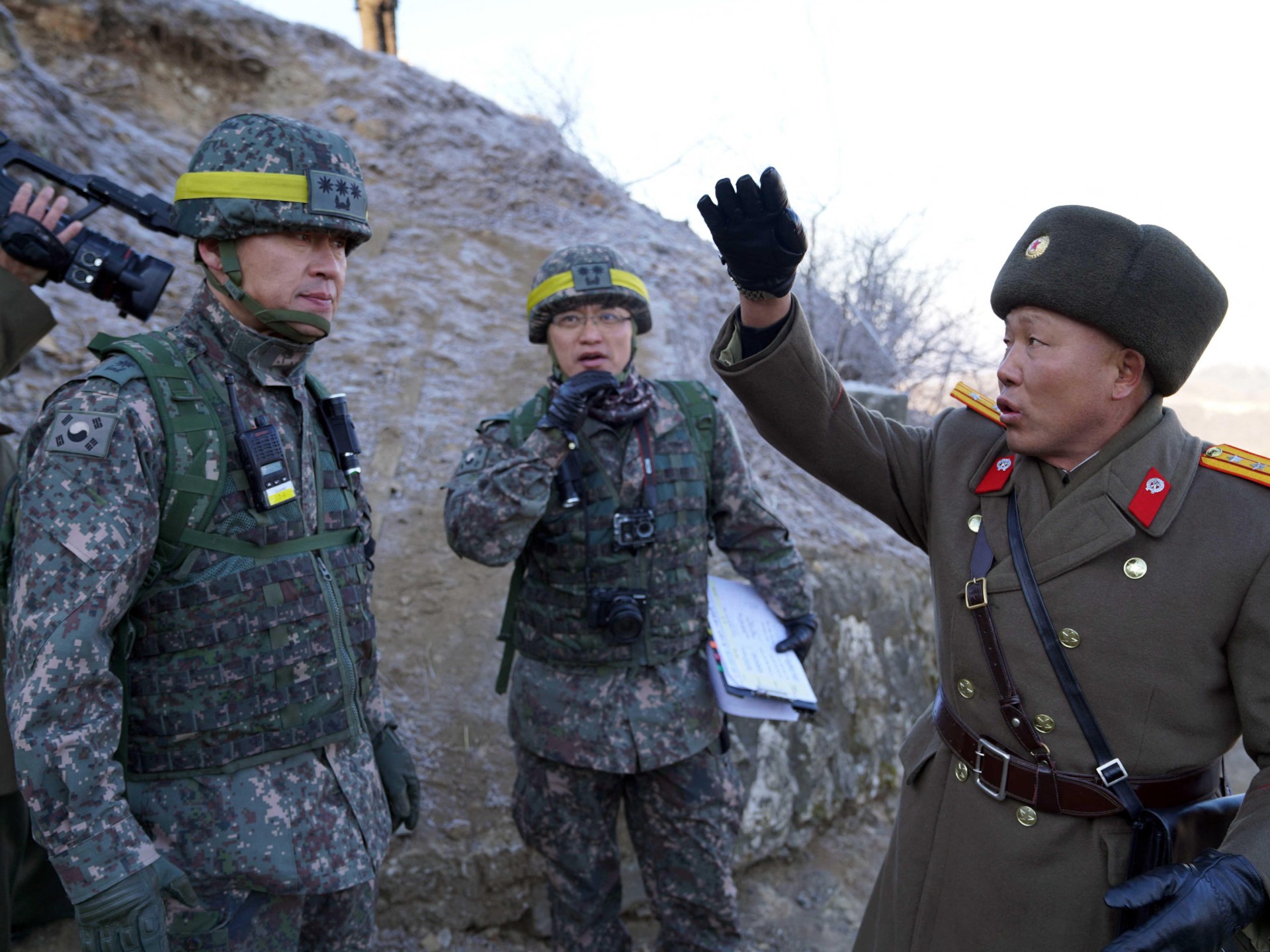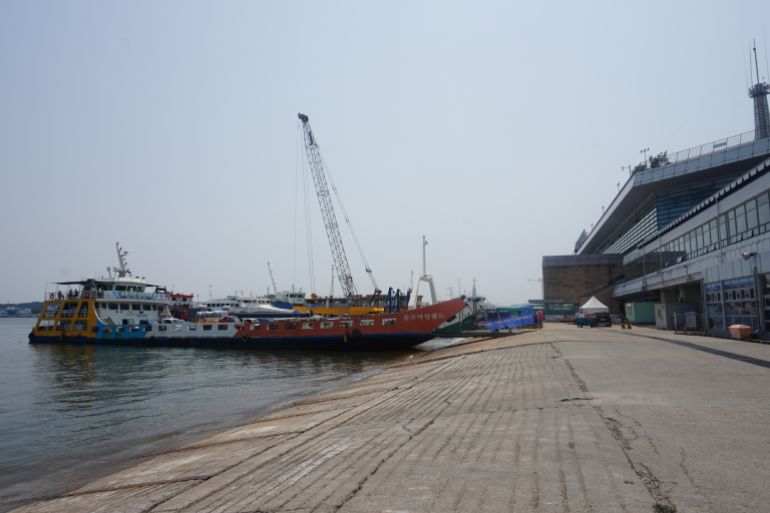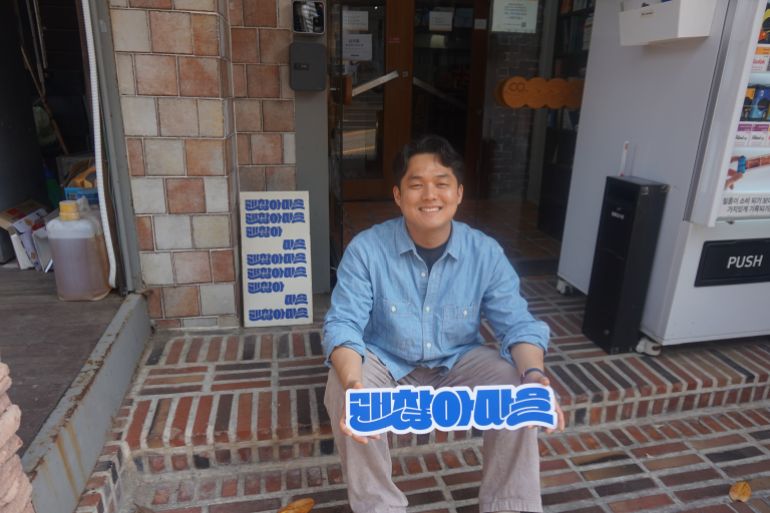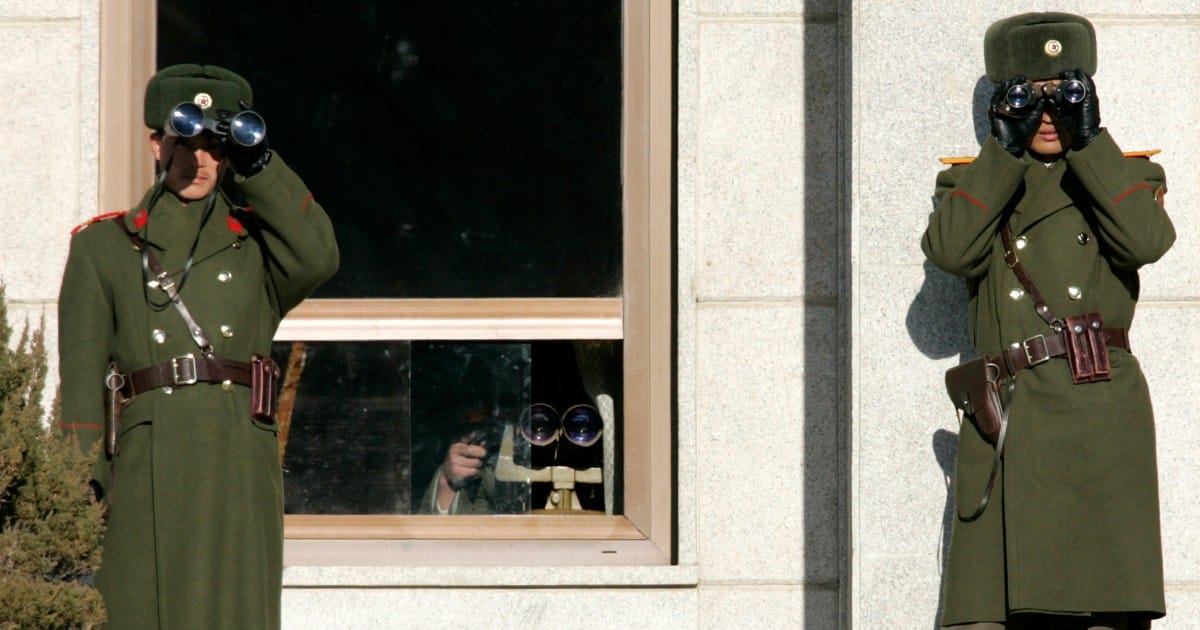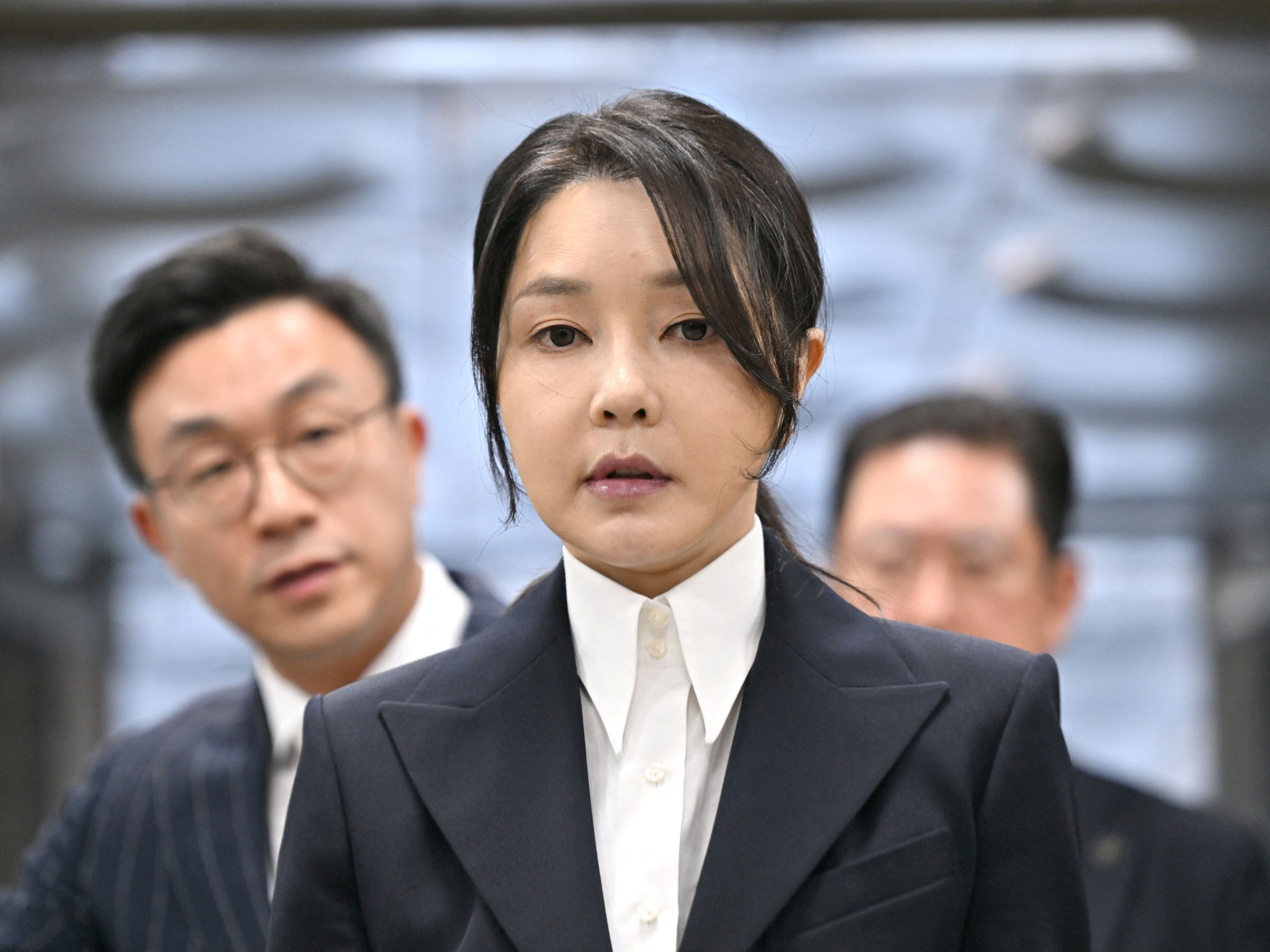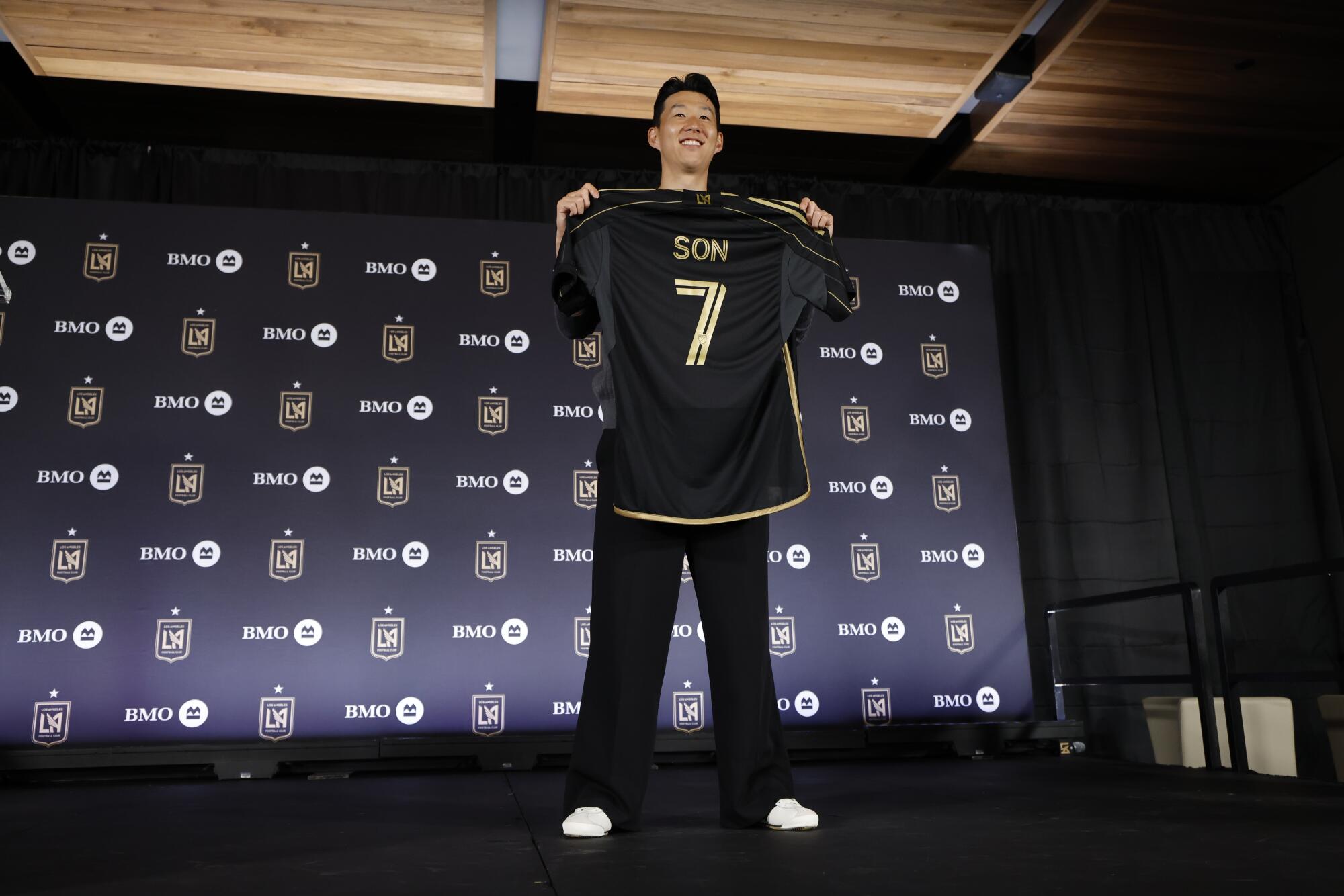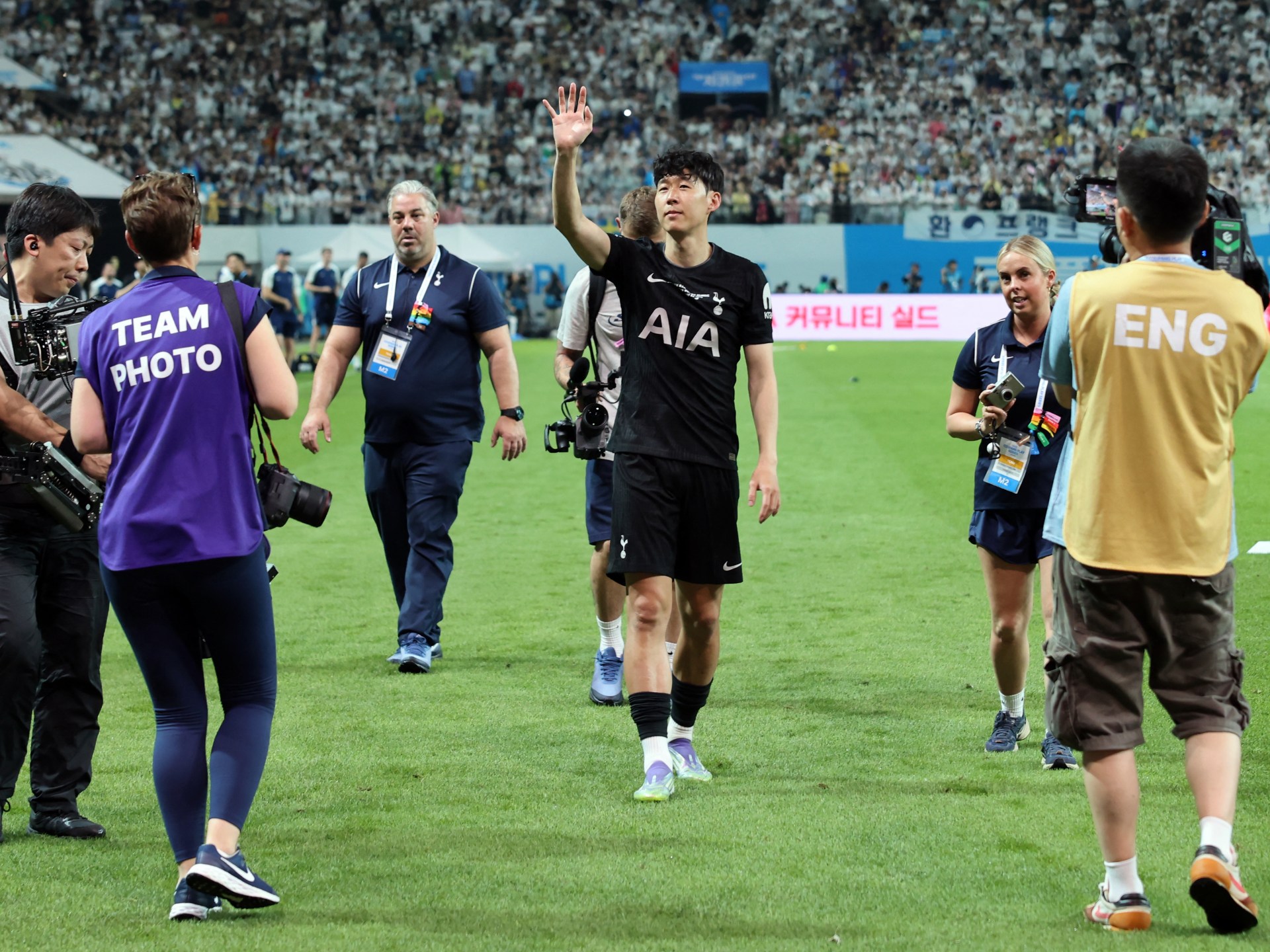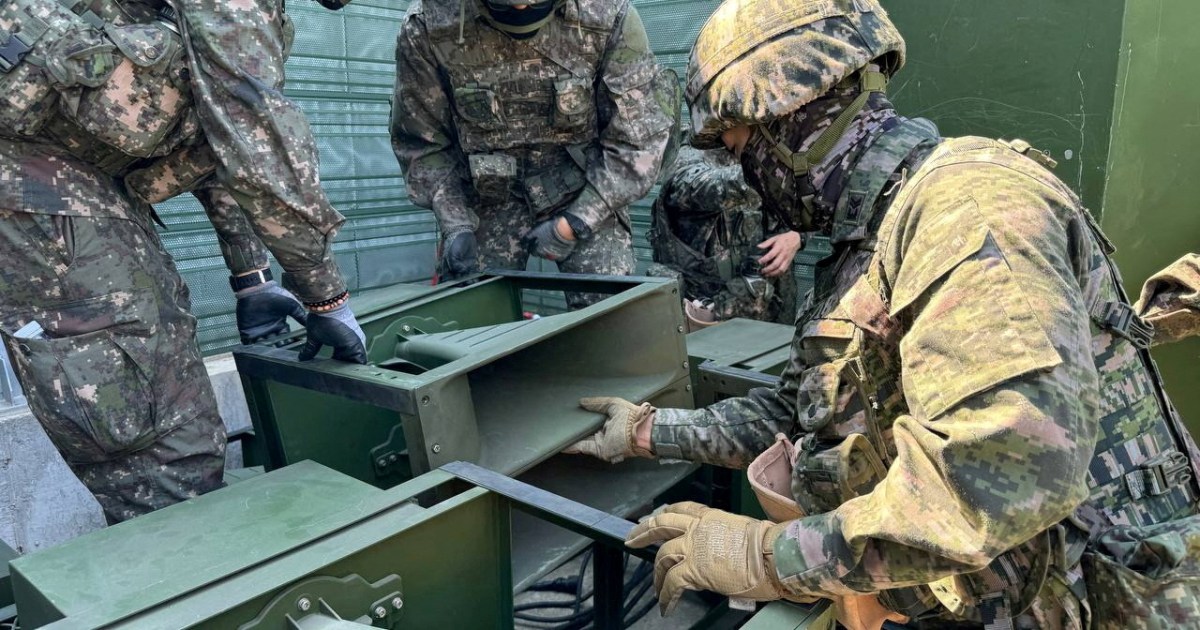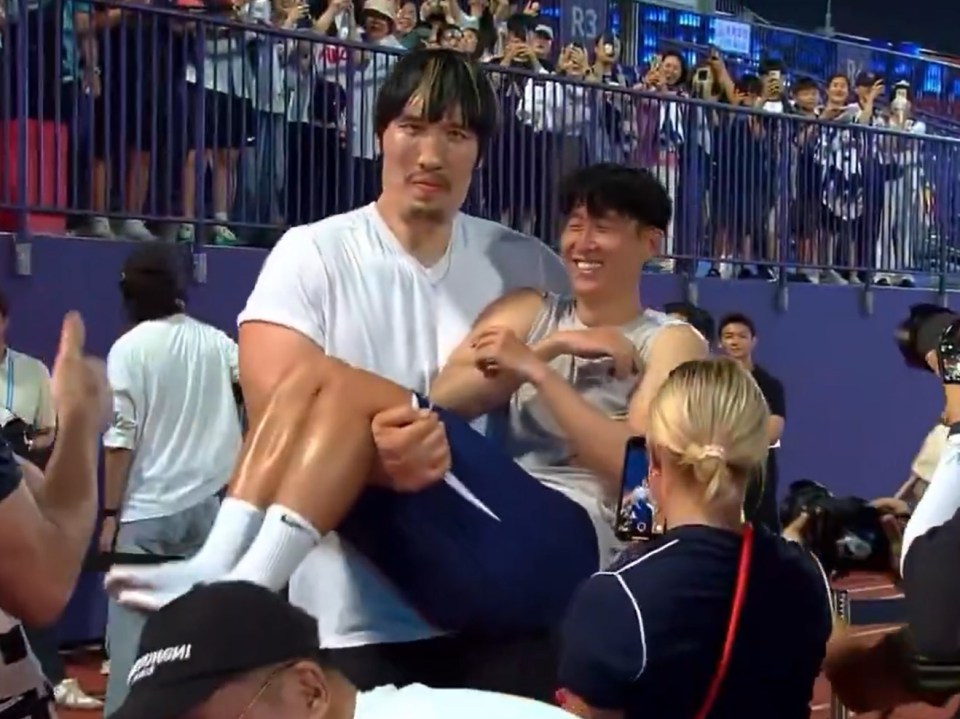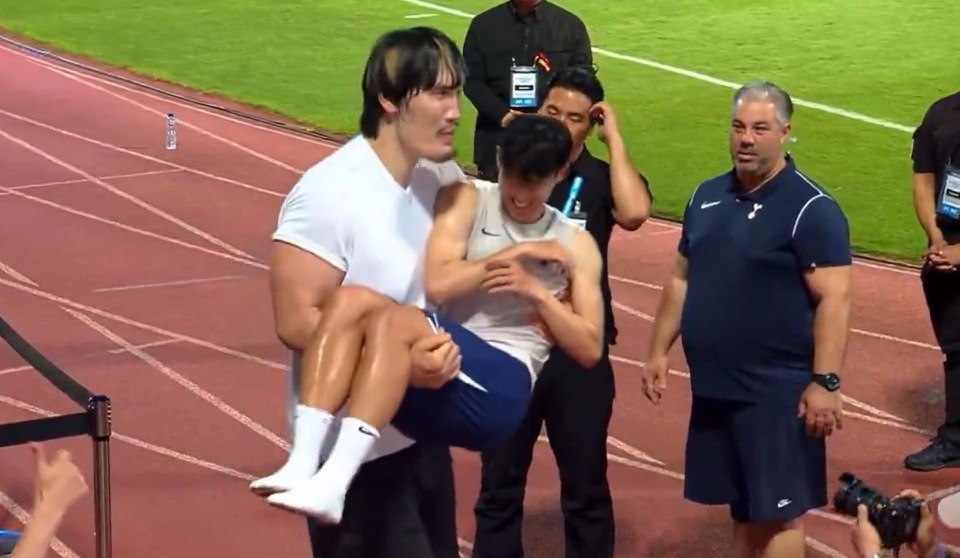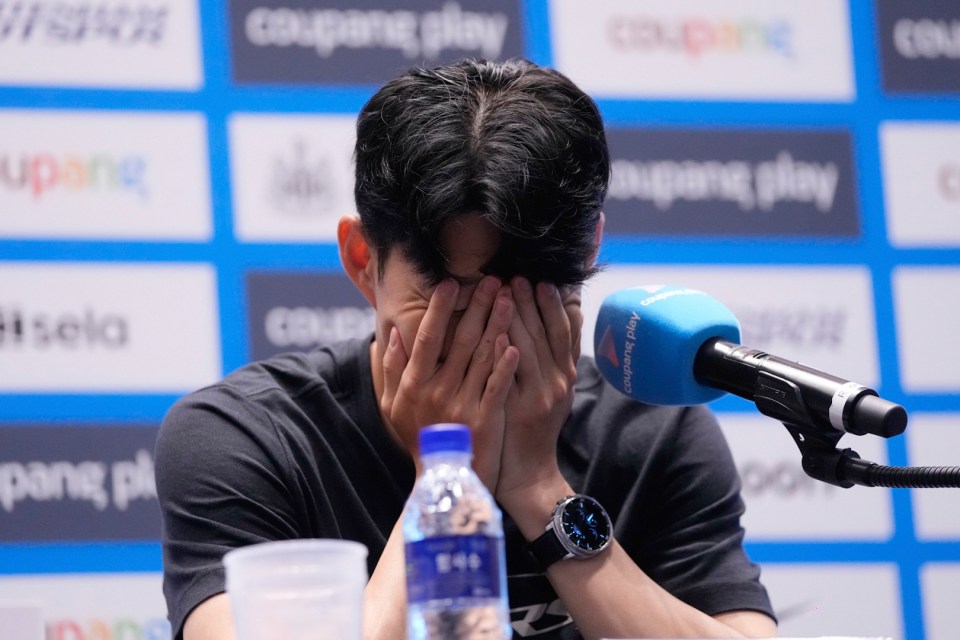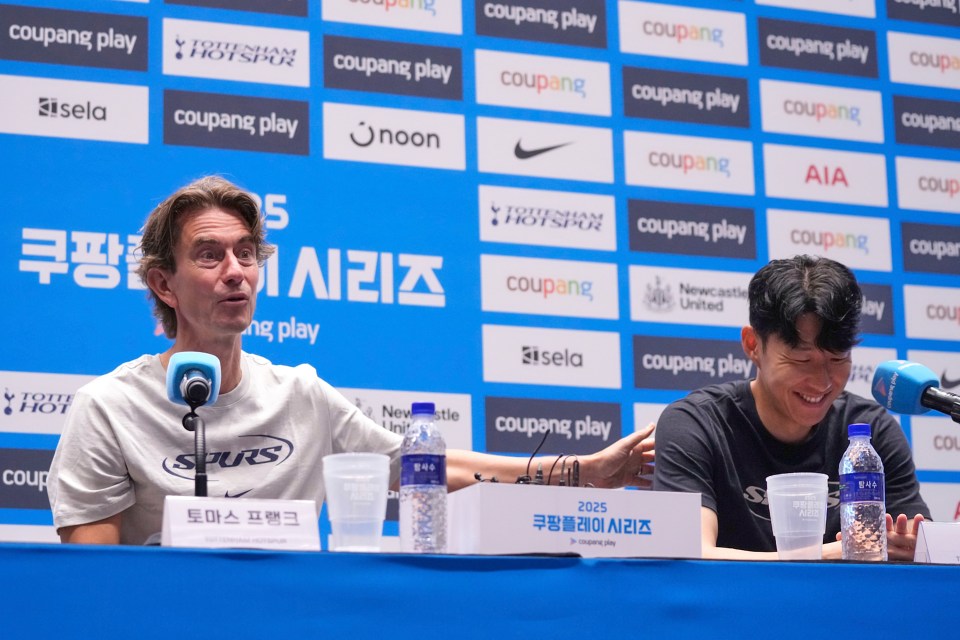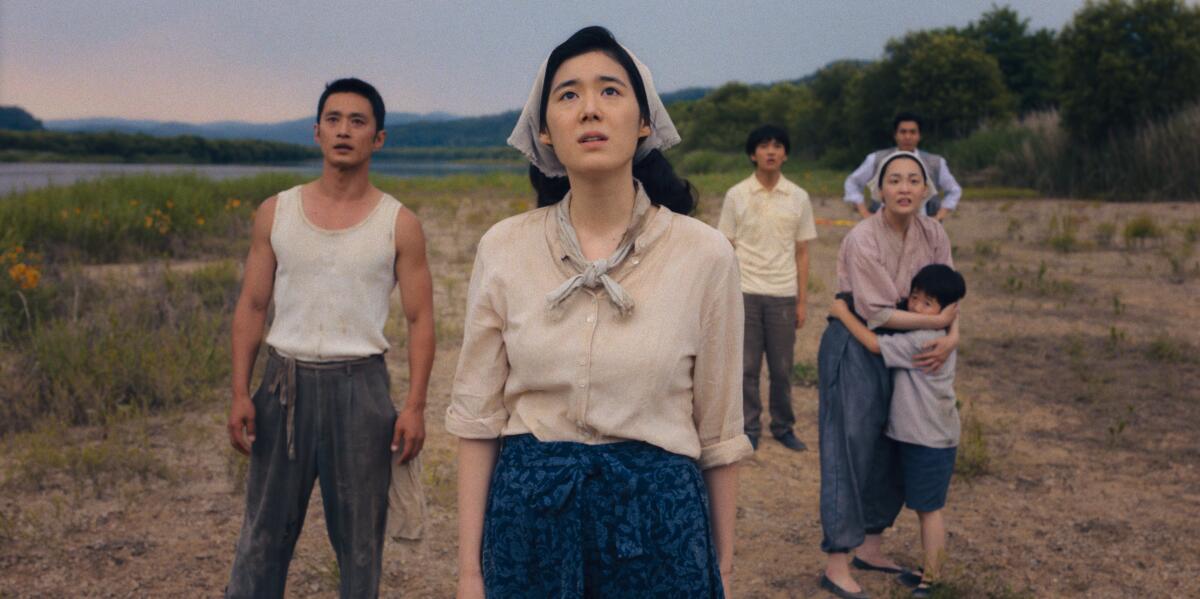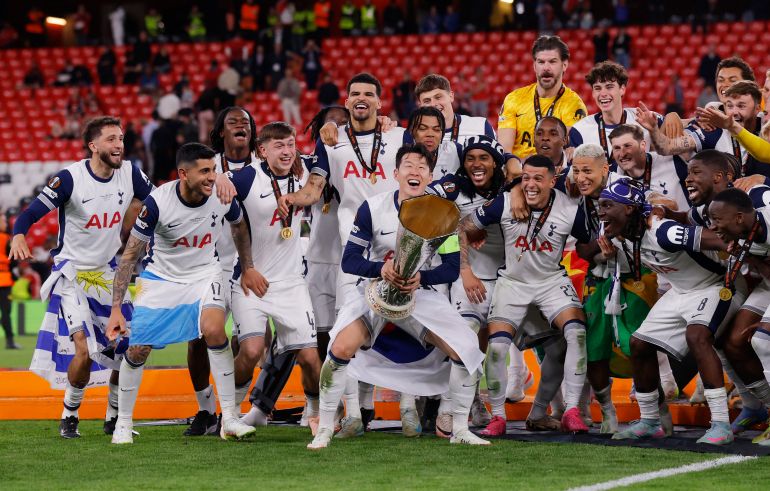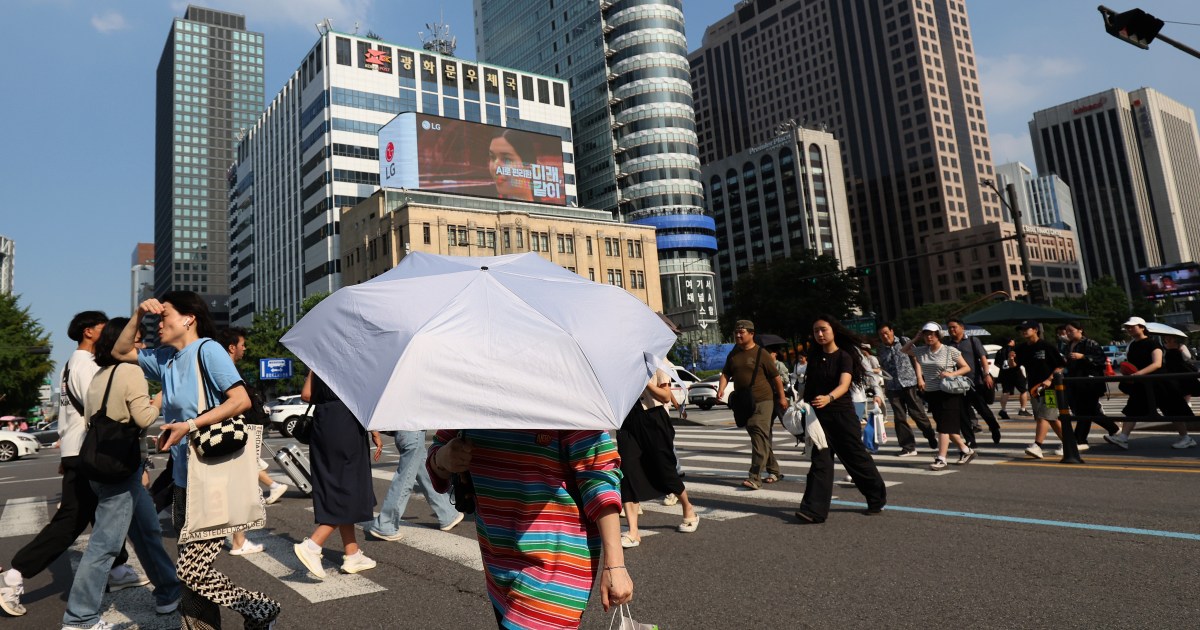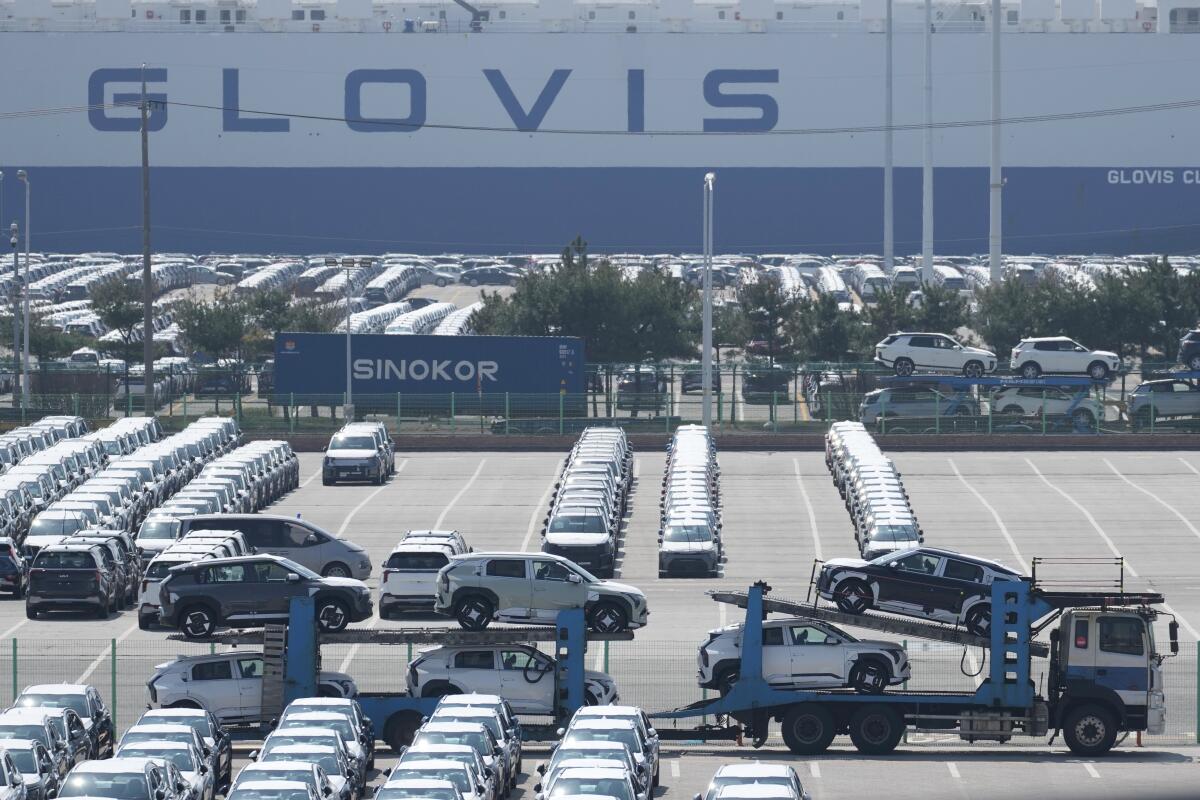South Korea’s Lee set to meet Trump, with trade and security high on agenda | Donald Trump News
Seoul, South Korea – South Korean President Lee Jae-myung is set to meet United States President Donald Trump for the first time in a high-stakes visit to his country’s closest and most important ally.
After a one-day meeting with Japanese Prime Minister Shigeru Ishiba in Tokyo, Lee arrived in Washington, DC, on Sunday ahead of an official working-level meeting at the White House with Trump.
It will be the first time the two heads of state meet.
Their summit follows a trade deal in July in which Washington agreed to cut its reciprocal tariff on South Korea to 15 percent from an initially proposed 25 percent.
The meeting is crucial for South Korea, whose engagement with the Trump administration was disrupted by domestic political turmoil, ignited by the brief declaration of martial law announced in December by the country’s impeached former president, Yoon Suk-yeol.
Discussion will focus on ironing out details of the unwritten July trade deal, which involves South Korea agreeing to buy $100bn in US energy and invest $350bn in the US economy.
On top of those dizzying sums are direct investments in the US, which are expected from South Korean companies, and which Trump has mentioned will be decided during their talks.
Accompanied by first lady Kim Hea-kyung, Lee will lead a delegation formed by the heads of South Korean top conglomerates, including Samsung Electronics, SK Group, Hyundai Motor and LG Group.
The four companies alone are already known to contribute approximately 126 trillion won ($91.2bn) in direct investments to the US, according to the South Korean daily Maeil Business Newspaper.
Choi Yoon-jung, a principal research fellow at the Sejong Institute in Seoul, said Lee needs to be deliberate and direct with Trump in the talks, as “South Korea is in a tough predicament in terms of trade with the US compared to the past”.
“It will be important for President Lee to explain how investments will be designed to serve US national interests and to remind Trump that the two nations are close trading partners who went through large ordeals to realise their Free Trade Agreement over two decades ago,” Choi told Al Jazeera.
Mason Richey, a professor of international politics at the Hankuk University of Foreign Studies (HUFS), said the direction of the talks on investments is likely to be “unpredictable”.
“Not only are the current 15 percent tariffs overwhelmingly likely to stay on, but the investment part of the deal is likely to remain unclear and subject to unpredictable adjustment by the White House,” Richey told Al Jazeera.

Analysts say shipbuilding is one area where Trump clearly desires to have South Korea as a key partner to play catch-up to China’s naval fleet, which leads in terms of sheer numbers and is also making technological advancements.
Officials in Seoul have previously stated that a key component of the tariff deal with Washington would include a partnership worth about $150bn to assist in rebuilding the US shipbuilding industry.
To that end, after visiting the White House, Lee will head to Philadelphia to visit the Philly Shipyard, which was bought by the South Korean company Hanwha Group last year.
Analysts also say that battery production and semiconductors are some other sectors where Trump has set clear objectives to increase US capacity, and where South Korea has shown willingness and interest in being that partner.
“The South Korean government is also willing to actively participate in the ‘modernisation’ of its alliance with the US, that could include increasing contributions to upholding the region’s security and development,” said the Sejong Institute’s Choi.
Another major discussion point will be Seoul and Washington’s defence posture regarding the growing threats from North Korea, as well as the development of a strategic alliance to address the changing international security and economic environment.
“The pressures for the role of US forces on the Korean Peninsula to evolve has been growing for years,” Jenny Town, the director of the Washington, DC-based research programme 38 North, told Al Jazeera.
This evolution was especially so with great power competition increasing from China, Town said.
“The Trump administration is focused on how to maximise resources for US interests and priorities, so it is likely that some changes will be made during this term,” Town said.
“How drastic or dramatic those changes will depend on a number of factors, including the state of the US domestic political infrastructure that provides checks and balances to executive decisions,” she said.
A US Senate defence policy bill for fiscal year 2026 includes a ban on the use of funds to reduce the number of US Forces Korea (USFK) troops to below the current level of 28,500 service members.
“This makes it unlikely that there will be an immediate change in troop deployment numbers in South Korea,” Choi said.
“So, the big point of contention will be the job assignment of the troops to match US interests. I think there’s a possibility of Trump asking South Korea to take on a bigger role in regional security, such as taking part in the conflict involving Taiwan.”
Financial negotiations between Trump and Lee may also tip into security details, as the US president has regularly called for South Korea to pay more for the US troops stationed on its soil.
Trump has made that same call since his first presidential term.
In addition to providing more than $1bn for the presence of USFK forces, South Korea also paid the entire cost of building Camp Humphreys, the largest US base overseas, situated 64km (39 miles) south of Seoul.
Trump has said that he wants defence spending to reach closer to 5 percent of gross domestic product (GDP) for all US allies.
Today, South Korea’s defence budget is at 3.5 percent of GDP.
Transfer of wartime operational command – referring to the transfer of control of South Korean forces during wartime from the US to South Korea – has long been a point of discussion between Seoul and Washington.
Under the Lee administration’s five-year governance plan, Seoul hopes to have the transition happen by 2030.

The Trump-Lee meeting also comes after North Korean leader Kim Jong Un’s powerful sister recently dismissed Washington and Seoul’s stated desires to restart diplomacy aimed at defusing Pyongyang’s nuclear programme.
Kim Yo Jong said that Seoul could never be a “diplomatic partner” with Pyongyang.
For Town, there were “interesting nuances” in Kim Yo Jong’s statements.
“While rejecting any kind of denuclearisation narrative as the basis of negotiations, her statements did create an opening for the US to engage North Korea to improve overall relations,” Town said.
“Kim suggested that there’s a reason for two countries with nuclear weapons to avoid confrontational relations. This begs the question of whether the US is actually interested in building a different relationship with North Korea that is not hinged on denuclearisation, and how US allies would see such an agenda,” Town said.
For Richey, the HUFS professor, the possibility of “Trump bypassing Lee in diplomacy with North Korea” poses a serious risk for South Korea down the road, in terms of influence and security.
In contrast to today’s lack of contact between Washington and Pyongyang, Trump’s first presidential term featured a suspension of US military exercises with South Korea and three separate meetings between the US president and North Korea’s Kim.
His desire to earn a Nobel Peace Prize could also offer another set of motivations for Trump to extend a US hand of friendship to Kim.
The South Korean president’s White House visit also coincides with annual, large-scale South Korean and US joint military exercises, which run for 11 days.
During a visit to North Korea’s most advanced warship last week, Kim denounced the drills as rehearsals for an invasion of North Korea and “an obvious expression of their will to provoke war”.
Also, last week, Beyond Parallel, a project of the Washington-based Center for Strategic and International Studies, unveiled an undocumented North Korean missile base about 25km (15.5 miles) from the border with China, which likely has intercontinental ballistic missiles (ICBMs) capable of reaching the US.
Town added that Russia could also play a cameo role in this summit.
“Lee may bring up the issue of how Russia’s relations with North Korea, especially their military cooperation, poses potential dangers to the alliance’s security interests,” she said.
“Talks could wind up to consideration of whether Trump’s relationship with [Russian President Vladimir] Putin may help mitigate the situation,” she said.
North Korea’s recent dealings with Russia adds another dimension to these inter-country relationships, as reciprocal exchanges of military troops for the receipt of food, energy, cash, weapons and technology have created a stable strategic bond between Moscow and Pyongyang.
Furthermore, North Korea has shown an interest in strengthening ties with another of the US’s biggest rivals – China.
“Ultimately, I believe Trump will continue to make overtures toward North Korea,” Choi said.
“He may seem to be pushing an isolationist strategy, but the matter of fact is that the US continues to be in the middle of negotiations and talks whenever a big conflict arises in the world,” she said.

